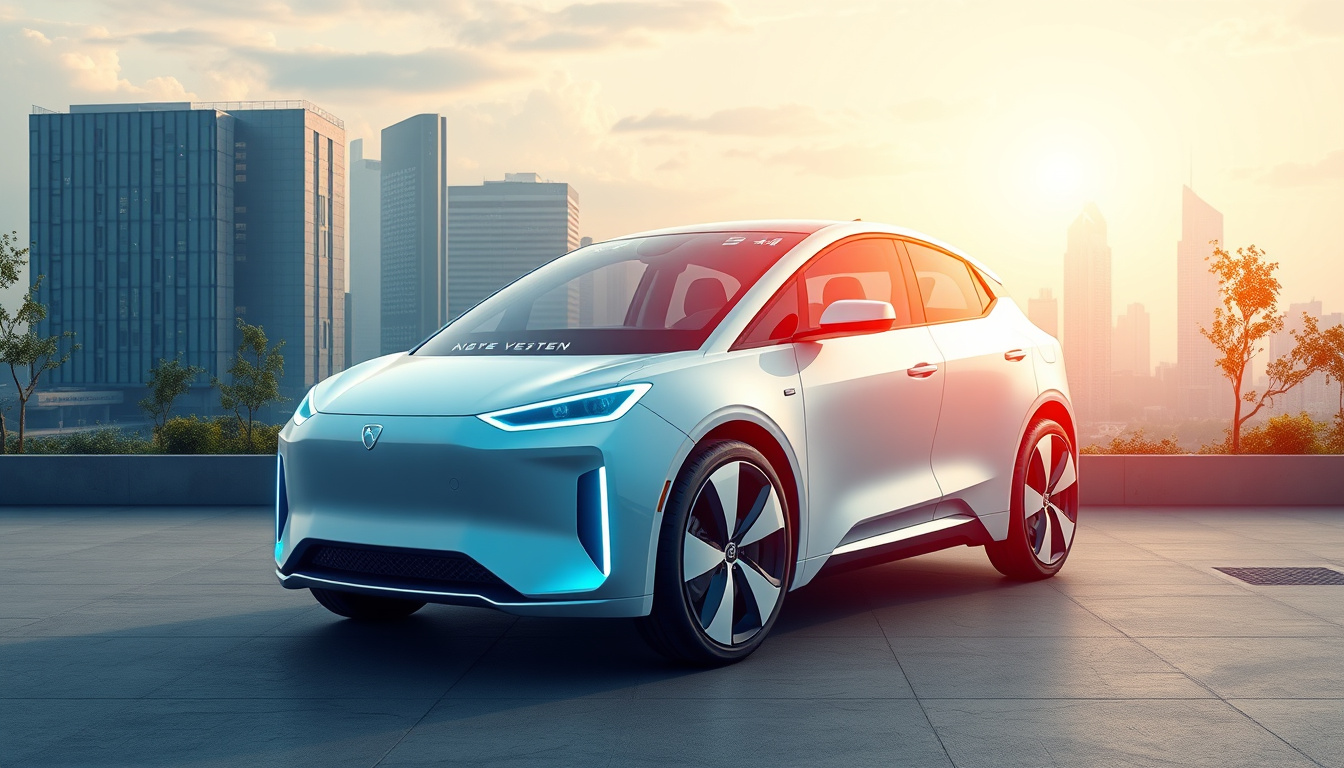The automotive industry is experiencing a seismic shift as electric vehicles (EVs) gain traction in the market. One of the most pivotal elements driving this transformation is the enhancement of in-car connectivity. With an increasing reliance on technology, manufacturers are prioritizing systems that not only improve user experience but also support the infrastructure necessary for a sustainable future. This article explores the various improvements in in-car connectivity for EVs, focusing on how they improve functionality, increase efficiency, and enhance user engagement.

Understanding In-Car Connectivity
In-car connectivity refers to the ability of vehicles to connect to the internet and communicate with external systems. This connectivity facilitates a plethora of functions—from navigation to remote diagnostics, and even smart home integration—placing EVs at the center of the IoT (Internet of Things) ecosystem. With advancements in 5G technology and cloud-based solutions, the scope of in-car connectivity services has dramatically expanded.
Key Improvements in In-Car Connectivity for EVs
1. Vehicle-to-Cloud Communication
One of the most important advancements in EV connectivity is the development of vehicle-to-cloud (V2C) communication. This technology enables real-time data exchange between the vehicle and cloud platforms, allowing for enhanced functionalities like remote vehicle monitoring and diagnostics. It helps manufacturers collect and analyze vast amounts of data related to energy consumption, driving patterns, and vehicle health. This capability enables proactive maintenance, helping to minimize breakdowns and keep vehicles performing optimally.
2. Over-the-Air (OTA) Updates
In today’s digital age, keeping software up to date is crucial. With OTA updates, manufacturers can deploy changes directly to vehicles without requiring owners to visit service centers. This not only ensures that vehicles remain equipped with the latest technology and features but also improves the overall user experience by addressing security vulnerabilities seamlessly. As vehicles continue to generate and rely on copious amounts of data, the ability to quickly adapt through software updates becomes invaluable.
3. Enhanced Navigation and Smart Features
Modern EVs come equipped with advanced navigation systems that leverage real-time traffic data to optimize routes and reduce travel time. Through connected services, drivers can receive alerts about nearby charging stations and even schedule charging sessions via mobile applications. Furthermore, the integration of smart home capabilities allows drivers to control household devices from their cars, reflecting a holistic approach to personal technology management.
4. Predictive Maintenance and Diagnostics
Predictive maintenance is another area where in-car connectivity shines. By utilizing data collected from sensors and diagnostic tools, manufacturers and service providers can offer insights that preemptively address potential issues. This could involve alerts for necessary repairs or reminders for routine maintenance based on actual usage patterns, leading to improved vehicle longevity and reduced overall maintenance costs.
5. Personalized User Experiences
As connectivity improves, so does the ability to personalize the driving experience. EVs can learn from individual driving habits, allowing systems to suggest optimal energy usage strategies tailored to user behavior. This can also extend to infotainment systems, which can offer personalized content based on user preferences and habits, enhancing the overall enjoyment of the journey.
Challenges and Future Prospects
Despite these impressive advancements, challenges remain. Security and privacy are significant concerns, as the increased data flow raises the risk of cyber threats. Manufacturers must incorporate robust security measures to safeguard sensitive information. Additionally, the success of in-car connectivity heavily relies on the availability of a widespread, reliable network, especially as vehicles become more dependent on uninterrupted communication with external systems.
Looking forward, the synergy between connectivity and electrification is expected to deepen. The proliferation of 5G, and eventually 6G, will enhance the capabilities of connected EVs, paving the way for more sophisticated applications such as autonomous driving and improved vehicle-to-everything (V2X) communications.
Conclusion
The improvements in in-car connectivity for electric vehicles are redefining what it means to drive in the modern era. With technologies that enhance functionality, efficiency, and user engagement, manufacturers are setting a new standard for automotive experiences. As the industry continues to embrace these changes, consumers can look forward to an increasingly integrated and tailored mobility experience, driving towards a more sustainable and connected future. As electric vehicles become a mainstream choice, the emphasis on connectivity will only grow, cementing its role as a critical component in the evolution of automotive technology.
——————————————————
Voltsandvolts.com is a blog dedicated to electric vehicles (EVs). Our blog features articles on EV reviews, stories, tips, tricks, charging infrastructure, and battery technology. Join the conversation and become part of the Voltsandvolts.com community today!
